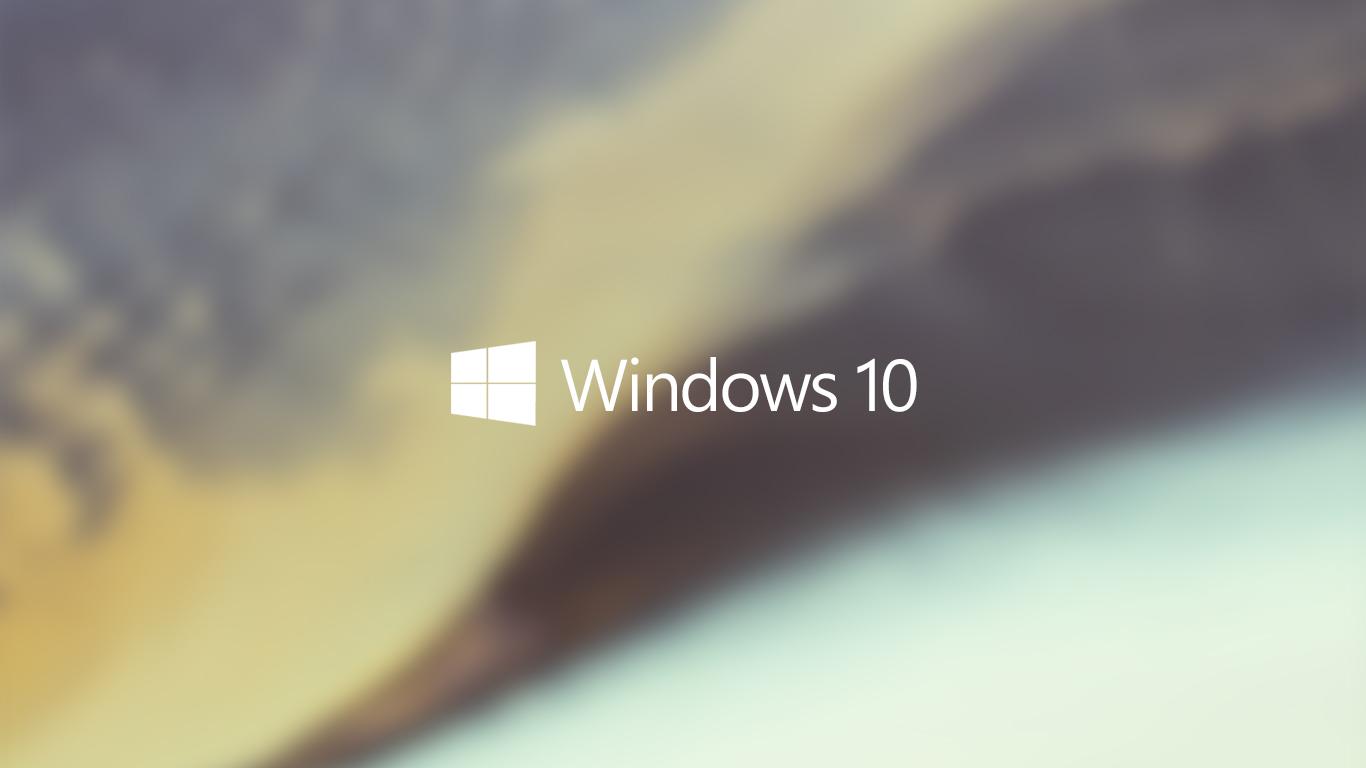
NEDIT EXE FOR WINDOWS 10 KEYGEN

For new files, it will create the file in whatever directory you are in when you run the command. This command works with both new files that you want to create and editing existing ones. You don’t need to run “bash” to go to Linux, then use Vim or Nano, then “exit” to go back to PowerShell. Also “^O” is labeled as “WriteOut”, this is the same as Save.Īfter you edit the file you’re working on, simply save it and and exit, and you’ll be right back to Powershell. Something which may trip you up with Nano, is that the “^” in the keyboard shortcuts at the bottom of the screen is the “Ctrl” key. If you would just like to edit a file without any learning curve, then Nano, which is another command-line text editor, may be a good choice for you. Don’t let these things discourage you from trying though, you’ll be rewarded handsomely in efficiency, if you stick with it. I’ll suffice it to say that inserting text and even exiting the program require learning. If this is your first time running Vim, you will definitely want to check out the resources at the end of this article before diving in. Now from PowerShell, all you have to do is run: This site also includes installation instructions. Essentially Bash on Windows allows you to run a Linux environment, including the Bash shell, on Windows. This is also referred to as “Bash on Ubuntu on Windows”. This does require having “ Bash on Windows” installed.

Without further ado, I’ll jump straight to the solution. Being a systems administrator, I’m always looking for tricks and tools to automate and streamline my repetitive processes. But, I think there is something to be said for streamlining your workflow, even if it’s a small adjustment (they add up). Granted this problem that I have an easy solution to, is probably not a huge issue for many people. Normally, in order to edit a file while using PowerShell, you need to interrupt your flow by running something like “notepad filename”, which takes you back to the land of GUI’s and mice (oh the horror!), you edit your file, then go back to the command-line land of PowerShell. If I needed to edit a file, I would simply type “vi filename”, and I would edit the file within Vim (text editor included with most Linux systems), then exit Vim, and be right back at the command-line without skipping a beat. I come from a background of having a text editor at my fingertips while doing work in the command-line. If you’ve ever groaned about having to leave PowerShell just to edit a file, I have good news for you.


 0 kommentar(er)
0 kommentar(er)
